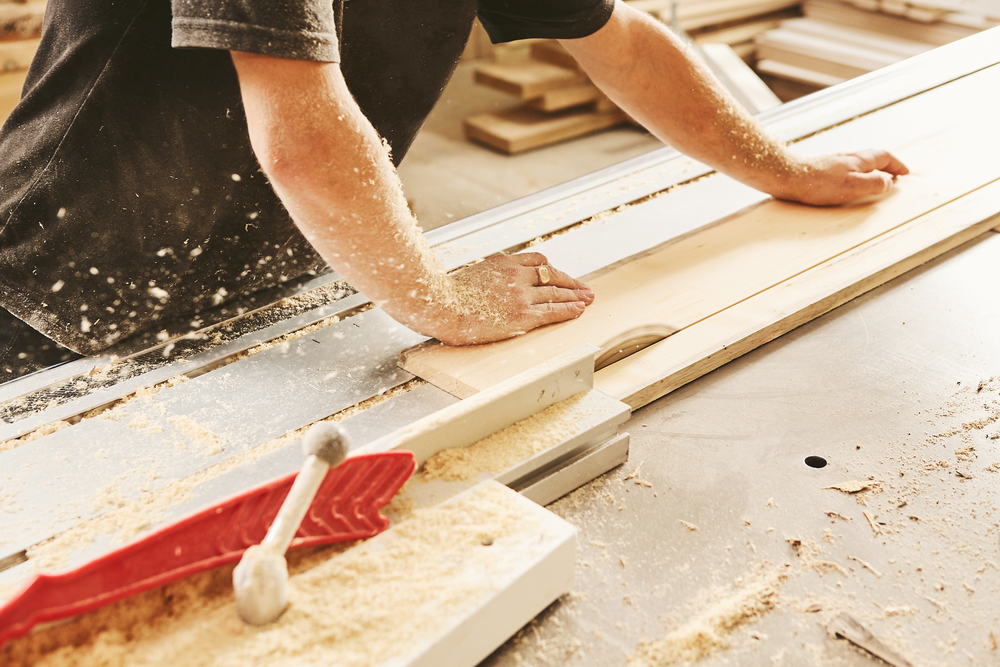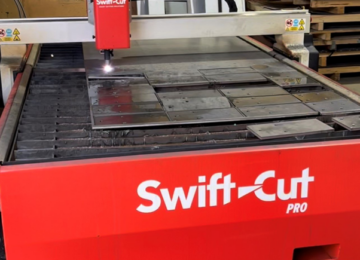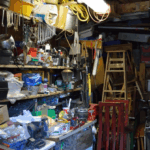When companies make products like furniture, tools, or kitchen supplies, they need to pick what material to make it from. This choice matters a lot in terms of how long the item will last before breaking or wearing out. It also matters in terms of how easy it is to reuse parts of the product or recycle it. Harder, more durable materials tend to last longer, require fewer replacements, and create less waste over time.
Metals vs. Plastics
Two major categories of materials are metals and plastics. Metals like steel and aluminum are very strong and durable. According to the people at SPAX, products made from metal parts like screws, hinges, or legs can usually handle lots of use without breaking. The downside is that mining and shaping metals uses a good amount of energy. Plastics are made from oils and chemicals and are usually cheaper to produce. However, most plastics wear out faster than metal under stress and pressure. They can crack or get deformed more easily. Reusing and recycling plastics is also trickier than with metals.
Wood vs. Plastic vs. Metal
An example product that uses different materials is furniture, like chairs or tables. Wood chairs with joints held together by screws tend to be the most durable and repairable over decades of use. The natural wood can be composted or renewed into new material. Cheap plastic chairs might cost less initially, but they get brittle and break over just a few years. Metal chairs are very sturdy but use energy-intensive metals. They also stay in landfills for a very long time. Picking wood over plastic or metal has the lowest long-term waste and environmental impact.
Electronics and Small Appliances
Many household products like blenders, power tools, or laptops mix different materials like metals, plastics, glass, and rubbers. Generally, maximizing the use of sturdy metals and minimizing brittle plastics makes these items last longer. Using as few different materials as possible also makes recycling easier when electronics reach the end of their usable lives.
The Problem with Plastic Waste
Plastics make a lot of trash and pollution because they are used widely but break down very slowly in nature. Plastic particles get into waterways and air, impacting plants, animals, and people. Various plastics also release toxic chemicals as they gradually degrade over hundreds of years. Whenever possible, choosing more sustainable materials like renewable woods, plant fibers, or reusable metals avoids contributing to lasting plastic waste.
The Role of the Consumer
Ultimately, the sustainability of products also depends on the consumers who purchase and use them. Consumers should consider durability and material quality when comparing options to buy. Paying more upfront for furniture, electronics, or appliances made of enduring metals and woods from reputable brands often saves money and hassle over time as the items last for years without breaking or wearing out.
Disposing of cheap plastic goods improperly after just a few uses can directly contribute to the growing plastic pollution crisis. Informing themselves and making careful purchasing choices means everyday consumers can positively influence both the durability and sustainability of the products made for them.
Conclusion
Companies need to consider how material choices impact product lifetime durability as well as wider environmental sustainability. Reusing reliable metals and established materials gives items like furniture or appliances the best odds of staying functional despite heavy use or imperfect maintenance. Whenever plastics need to be used, choosing types that are more easily recycled helps avoid permanent pollution. Consumers also play a role by picking durable products made to last from ethical companies. Building things to endure saves resources and energy over time.











